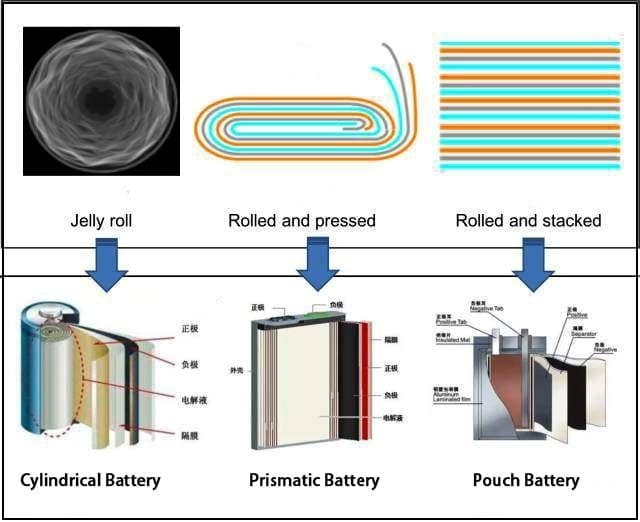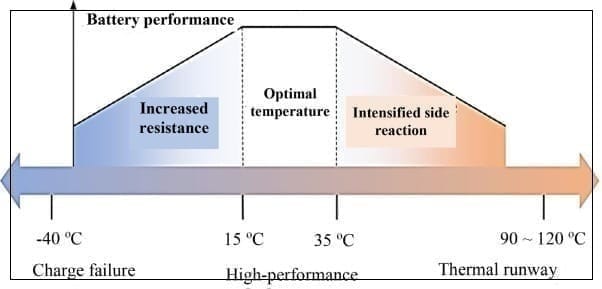⚙️ #22 Power, Performance, Range 🔋

We've been getting a few questions about power, performance, and range lately.
So, with two more alpha bikes in the works this month, it's a perfect time to chat about battery pack design and how it affects these three aspects. Battery packs aren't just power sources; they're the secret sauce that makes an electric vehicle tick. They decide how much juice you've got and how much kick you can get out of it, when you need it.
Battery Electrical Factors
When it comes to electric vehicle batteries, several key electrical factors come into play:
- Voltage: This reflects the battery's electrical potential, impacting overall power output, as well as setting the system's base operating voltage. This will affect electrical component selection, insulation requirements, as well as motor winding (determining natural motor speed).
- Current Capability (Ah): Think of Amp-hours (Ah) as the total amount of current the battery can deliver over time. It's like the size of the throttle body on a gas engine, or the diameter of pipe for plumbing.
- Capacity (kWh): This combines voltage and Ah, representing the total energy the battery can store (kilowatt-hours). It's like the size of a gas tank, but for electricity. The higher the kWh, the farther you can potentially go on a single charge.

Power vs. Energy: Picking the Perfect Cell
Inside the battery pack, individual cells are the building blocks. Their chemistry determines factors like voltage, safety, lifespan, and how much power they can deliver quickly, and their physical package type determines the pack architecture.
Not all cells are created equal. Some prioritize raw power output, ideal for high-performance motorcycles and electric airplanes. Others focus on pure energy storage, perfect for maximizing range in everyday electric vehicles like cars and many vehicles where weight matters less. Unfortunately, this selection sets the perimeters of what is possible for the vehicle. A pack that is designed around energy cells may have a higher capacity on paper, but shorter effective range if utilized at high discharge rates. Similarly, a cylindrical cell based pack requires quite different assembly design than a pouch.
At Dust, we understand the unique needs of off-road riders. We work to strike a balance, utilizing high performance power cells that deliver the power you crave and robust construction for exhilarating rides.
Primary Aspects to Consider When Building:
The physical construction of the battery pack is just as crucial as the cells themselves. Here's what we consider:
- Packaging: Cell packaging within the battery pack influences factors like thermal management, mechanical integrity, and overall pack efficiency. Innovative packaging designs aim to maximize energy density while ensuring safety and durability, with features especially designed to limit the likelihood of thermal runaway.
- Internal Resistance: The internal resistance of battery cells and pack affects their efficiency and performance. Lower internal resistance results in higher efficiency (less temperature increase) and faster charging/discharging rates, while higher resistance leads to energy losses and reduced performance.
- Environmental sealing: Riding dirt bikes tends to happen in all weather and conditions. As the primary failure mode for light electric vehicle packs is water ingress and corrosion based short circuits, the pack's mechanical architecture and sealing is of paramount importance.
- Thermal Effects: Managing heat within the battery pack is crucial for maintaining optimal performance and safety. Excessive heat can degrade battery cells, reduce lifespan, and increase the risk of thermal runaway. EV manufacturers employ various thermal management techniques such as liquid cooling, passive cooling, and active temperature control to regulate temperatures within the pack.

The Range Equation: It Depends, But Here's How
The big question is how far can you ride on a single charge? The honest answer is it depends! Like on a gas vehicle, several factors influence electric vehicle range. Some of these Dust will dictate in our final Model_1 specification, and the others are influenced by you as riders:
- Dust dictates Battery Capacity (kWh): As mentioned earlier, higher capacity batteries generally translate to longer range, unless limited by their max discharge rates.
- Dust and Riders influence Power Consumption: Depends on factors like the system's weight, aerodynamics, and individual riding style (cruising vs. aggressive maneuvering). Even terrain, and the kind of dirt being ridden, can have big impacts. Loose sand vs. hard pack can swing range by up to 50%.
- Riders influence Environment: Extreme temperatures affect battery performance. Very low temps can reduce voltage and prevent charging. Very high temps can reduce power output or damage cells.
- Riders influence Riding Type: Arguably the most significant factor is riding type. Riders on a motocross track spend significantly more time commanding power than on trail. The average throttle position while riding pretty closely relates to how long you can ride. On the track, more time is spent wide open, then most trail or enduro rides.
Max energy consumption going up horsepower hill 🎥 Dust Moto
Dust's Direction
Motorcycles aren't cars - you can't hide the mass and volume of the battery without directly effecting the rider experience. Compared to a gas vehicle, battery electric systems must compromise on cost, range and size/weight when holding power targets fixed. As motorcycle designers, we must solve the hard problem of finding compromise for the ultimate user experience.
- Dust aims to provide a unique riding experience with the Model_1 through great mechanical, electrical, and controls engineering. We are targeting lighter weight and higher power density to deliver a more dynamic ride sensation than our competitors, while providing the range that satisfies the majority of riders.
- Dust aims for Model_1 to provide 1-2 hours of hard riding in a variety of terrain. For some, that looks like three 10 minute motos on a full MX track offering closer to 20 miles, or for others, 40 miles in the woods across 2 hours. You decide.
- Model_1 rider feedback from Alpha, Beta, Gamma and Pre-Production builds will guide our final power train specification.
- Model_1 will also support swappable batteries or larger packs for those who choose to invest to increase range.
Gold Dust
- Continuing the deep dive of battery tech, if you want to get even deeper diver into chemistry of batteries and the current tech available check out the youtube series that Stafl Systems created HERE.
- A couple weeks ago the One Moto Show took place in Portland, OR. It's a collection of all things motorcycles and is arguably the best moto event of the year. Check out photos HERE.
Catch us at newsletter@dustmoto.com OR just respond to this email!
Done and DUSTED for this month. See you all on the next lap.

Member discussion